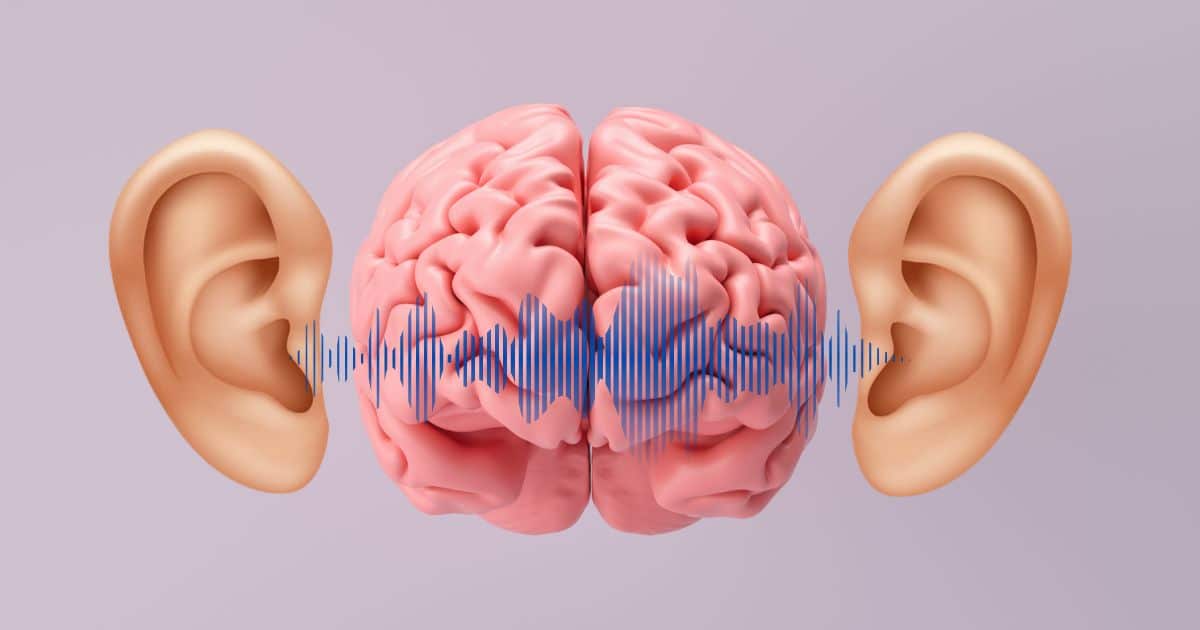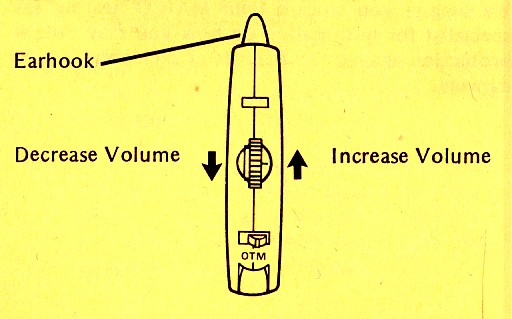Apr. 22, 2015
Current to Alternative Directional Microphone Technologies III Aart van Halteren, M.Sc., Chief Technical Officer, Sonion, The Netherlands. Ann-Marie Sänger, Senior Product DevelopmentEngineer, Sonion, The Netherlands In last week’s post a microphone module was introduced (M20) that combined superior directional equivalent input noise with a design that is very robust for temperature and humidity changes, as well as handling during hearing














